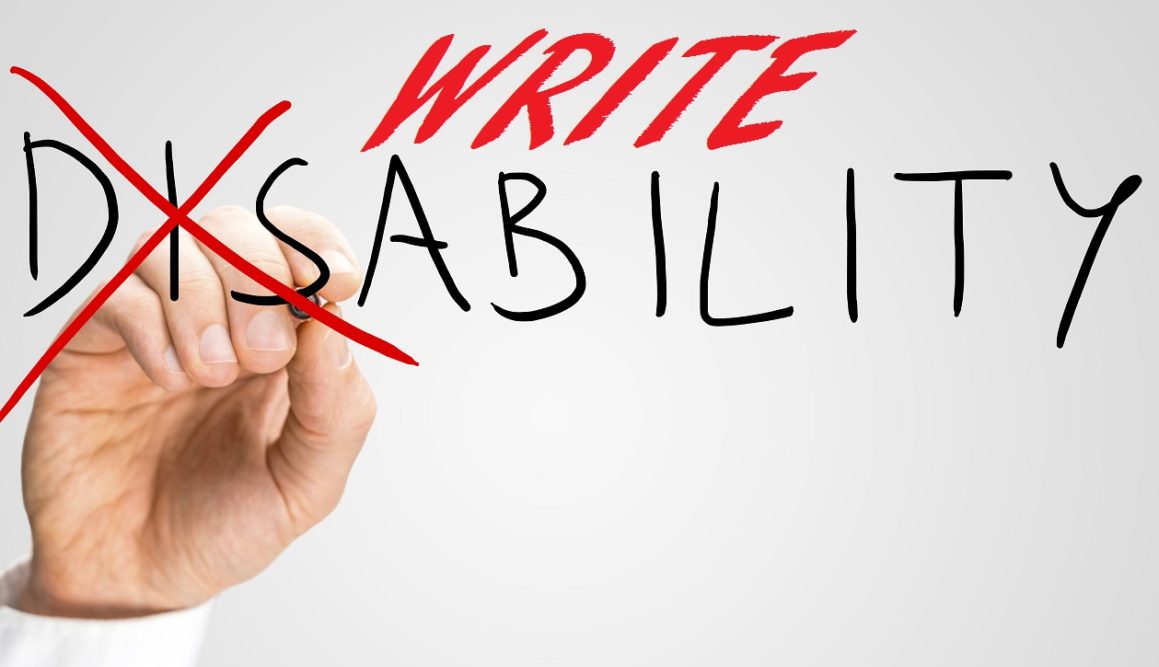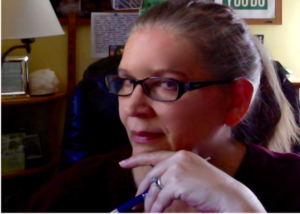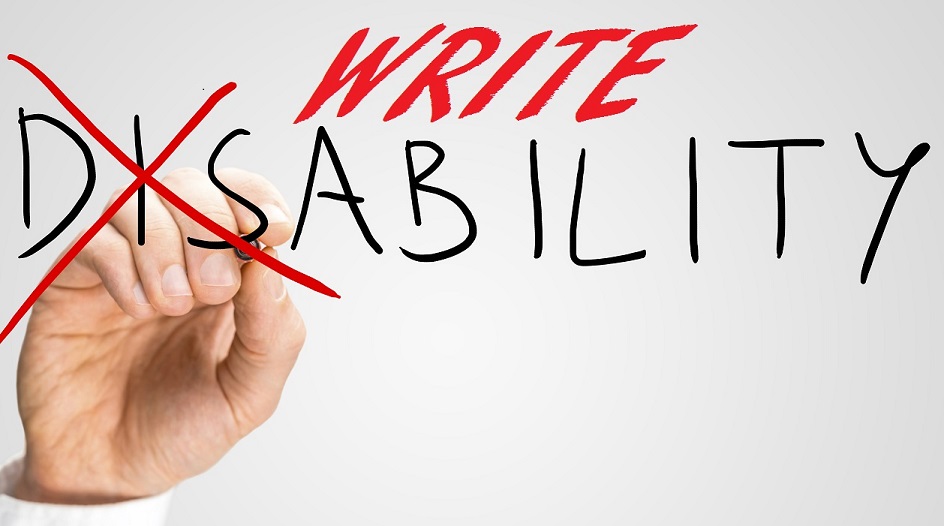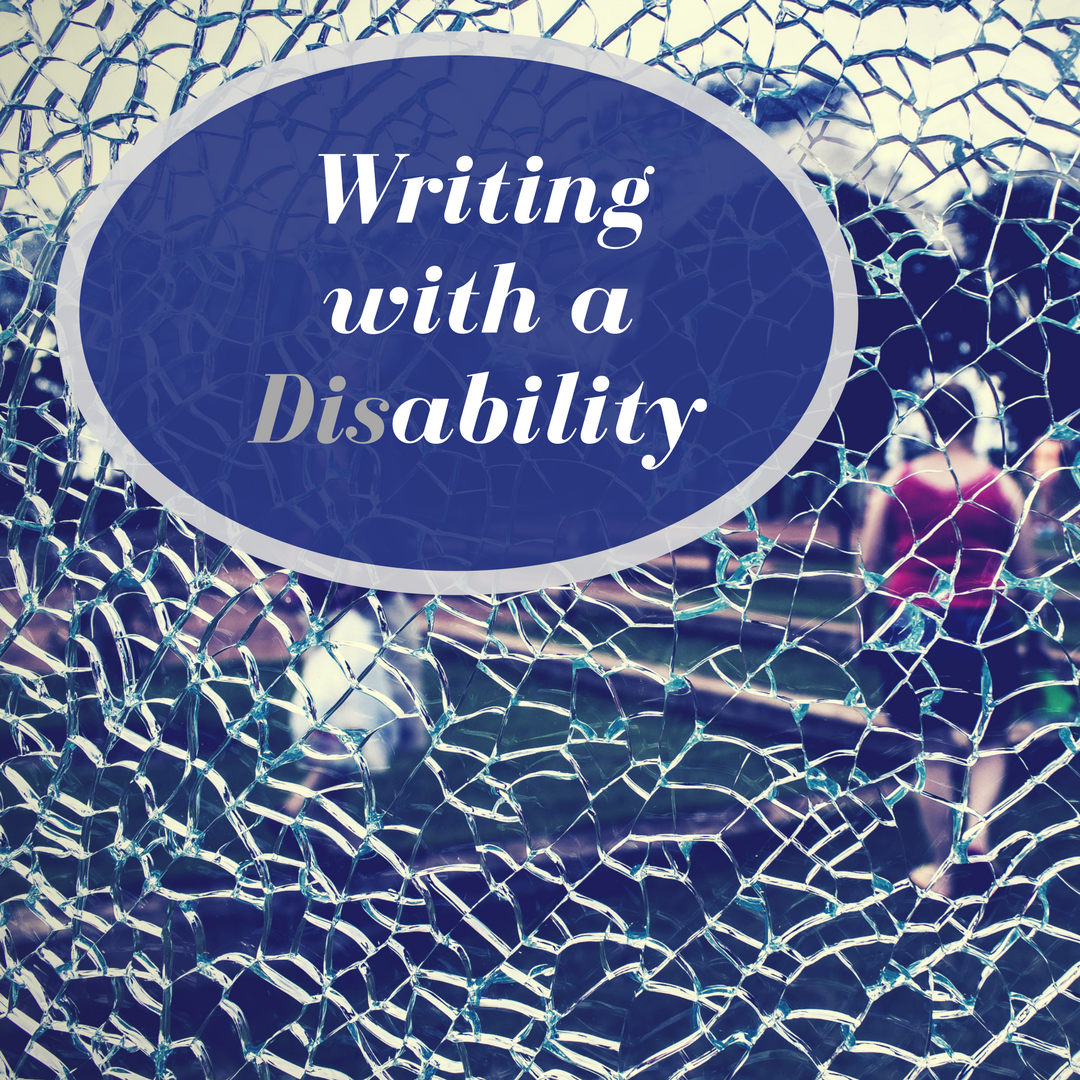In the upcoming months, I want to show you how easy it is to include disability traits when writing your protagonist, or other main characters in your books, stories, or articles. In this five-part series, I’ll show you simple ways to accomplish this. Your characters will shine bright, bold, and beautifully written without a need for a cure of their disability.
If you’re writing a miracle story where the disabled person is saved or cured of their affliction because you think it’s the way it should be or because it’s the type of story you’ve always read, then you really need this series.
Don’t get me wrong; sometimes you want to write a story including a miracle or two. I’ve seen many interesting movies of this variety and loved them. The Holy Bible is full of healing miracles, and I’ll touch on some of these later in the series when we get to Part Two: Matthew, Mark, and Luke Write Scores of Marvels.
If you’ve read my recent interviews with authors who write and carry on their lives with many other interests despite disabilities, then you’ve seen a constant theme regarding their advice and feelings on writing disabilities for characters.
I can only speak for myself, but please don’t save me from my disabilities. I was born hypermobile and with curved legs needing corrective measures. My legs also do not rise to sit in the hip sockets naturally, or so I’ve been told. These limitations did not impair me though I can remember looking at my ugly shoes and wonder why I couldn’t have cute ones.
I didn’t realize I even had a disability at all until adulthood when over time these problems collided with other complications. I researched and asked questions. My parents raised five children, and we didn’t speak in our home about anyone as different from anyone else. Besides, after my legs had been straightened with corrective shoes the cool things I could do with hypermobility came in handy. Limbo!
These things are a small part of a complete person. My name is Kathryn. It is not hypermobility, arthritis, fibromyalgia, psoriasis, autoimmune disorders, or any other label. These are simply names and not me, and should not be your character’s name. They can; however, become part of the complex dynamic set of qualities in making up your characters.
Like you, I am not an expert on all disabilities and must research. In the coming months, I’d like to use the journalistic approach many of us use to write: The Who, What, Why, Where, When, and How. In this series, you will find examples from writer’s in the Bible because the Bible is a text accumulated from thousands of years of writings from varying writers telling many stories and they do include writing of disabilities.
Disability, by the way, is not a term you can find anywhere in The Holy Bible. The Holy Bible speaks plainly using words like blind, deaf, mute, lame, maimed, and other ailments including skin problems of the time they describe as leprosy.
Everyone wants their main characters to shine and settle in the minds of your readers long after they turn the final page. We write our stories by creating:
- Who: The Protagonist and other main characters.
- What: What do each of my characters want?
- Why: Why is it so important for them to get it?
- Where: Where do your story and scenes take place?
- When: When do the story, and its elements take place
- How: How do these events unfold; how do your characters go about specific actions to achieve their story goals.
Your main character, the protagonist, ends up either getting what they wanted or not getting what they wanted. Perhaps the character ends up with a better understanding of themselves and the world. What partially determines the outcome, if not drives characters to a result, can be the traits you assign to them. What better way to create a better understanding of our world and all human-kind but to be inclusive in our own writing. Examples of inclusiveness will be shown in Part Three: King David, Isaiah, and Jeremiah Write of the Sick and Crippled.
You can also create memorable characters with a disability if you can see your character as a human being first and include their disability as a character trait, not an affliction. I see and hear this over and over on social media in reading blogs, book and story reviews. Characters with disabilities written poorly. In interviews with other writers, they’ve told you to research and know your character’s disability. Ditto from me.
You wouldn’t write a character with a job as an accountant without knowing something about the field of accounting. You would have to know something about the type of a person who wanted to be an accountant so you’d talk to an accountant, do a web search, and maybe check out the Bureau of Labor Statistics to make your character as real as possible for the reader. And remember, your character’s name is not Accountant, but merely an occupation, one of the character’s assigned traits. Do the same for your disabled character, and you’ll do your character justice.
I recently read this quote by an unknown author:
God didn’t promise days without pain, laughter without sorrow, or sun without rain, but He did promise strength for the day, comfort for the tears, and light for the way, if He brings you to it, He will bring you through it.
When I read this, it occurred to me we don’t promise our characters days without pain, or laughter without sorrow, or the sun without the rain because we need to pile on conflict. We do this to ensure the reader can’t help but keep turning the page to see how the main character overcomes all these obstacles we’ve set in their path. So why do most characters exist without a disability trait?
When using a disabled character, everything above is true except the disability itself should not be an obstacle to overcome. Why not think of a way your character might use their disability as an advantage in a scene or throughout the book? When giving other characters traits we design these traits for use by our characters to perform all sorts of feats in pursuit of their goals.
A person with a disability is like any other person and goes through their lives enjoying the wonders of life as you do. Depending on the particular limitation, they have hobbies, thoughts, desires and other feelings. Some need assistance to get from one place to another, to eat, get ready for bed, go to the doctor. Have you ever needed help to get through the day? If so, there is no shame in this. Sounds like most of us, doesn’t it?
Case in point, a woman I know whose daughter was in a terrible car accident, is now a quadriplegic. Since the crash, her daughter takes swimming lessons, is learning to drive a car, and went to a local amusement park where she and her friends rode on the scary rides. And yes, they braved a roller coaster. I’d say this young girl is on her way to becoming happily independent! I am afraid of heights and would not attempt a roller coaster ride.
To get to the roller coaster, she and her friends, along with her mother maneuvered steep steps through thick bodies of people in a teetering wheelchair. Yes, people stared and gaped, but yes, they made it and enjoyed several rides on the roller coaster. They realized the trip down was a treacherous, narrow stairway with even more difficulty and obstacles to get past the crowd but not until they were on their descent. But, she did make it down safely.
They all did this together. We can do this together, you and I, we can write disability. Look around, maybe we can change the world! For more on potential, join me at the end of the series in Part Five: Paul Writes Letters of Potential.
Next month we’re going with Moses to Mt. Sinai to see how disability played out in one of greatest stories of all time written in the Old Testament of The Holy Bible using the 5 W’s and How! in Part Two: Moses Writes of Skin Ailments and Speech Troubles. In the meantime, let me know your thoughts, questions, or quandaries for writing disability below and then check out all the fantastic writing content on Almost An Author!
Kathryn M. B. Johnson is a wife, mother, grandmother, great-grandmother, and caretaker alongside writing and advocating for disability. Drawn to those with special needs, she spent quite much time in elementary school helping in the special education classroom.
As an adult, after years in the field of accounting software and information technology she started work as an Orientation and Life Skills Instructor at Woodrow Wilson Rehabilitation Center. Here she worked with persons of all types of disabilities and disorders. She believes when God calls us to a role, he needles us as needed to get the job done.
Now, retired and disabled, she has combined her love of writing with a desire to advocate for persons with disability. Kathryn does her best not to get stuck. You can find Kathryn on Facebook, Twitter, or visit her website.







No Comments